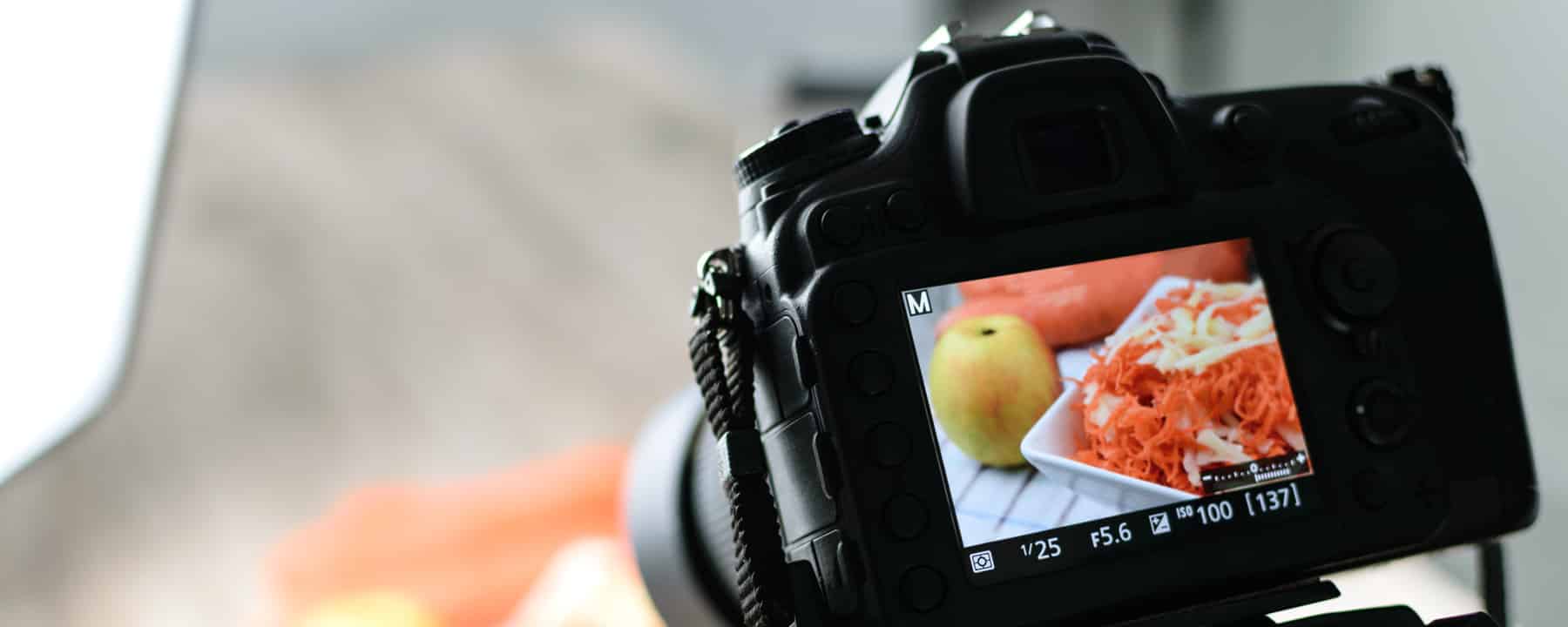We’ve heard this question more often than not, because it actually happens from time to time that photographers deliver their works in a RAW format. Mostly this is done out of carelessness, less often out of protest, e.g. if an additional salary for further processing is to be enforced, and sometimes RAW files serve as proof of authorship and are therefore sent.
However you got RAW files, you now want to open them, if only to find out what content is behind them, but don’t know which program to use. What to do now?
Let’s start with the worst case. This would be the case if you had taken a hardly used RAW format from a smaller camera manufacturer into your house. Then you would probably have to get the manufacturer’s software to open and edit the file.
If, on the other hand, you have a file that can be assigned to one of the known camera manufacturers based on the extension, then it is probably sufficient to get yourself a so-called RAW converter. One of the most popular open solutions is darktable. With darktable you can open and process all major RAW formats for free. You can find out exactly which formats these are here.
The simplest case is the presence of a DNG file. This RAW format from Adobe can also be opened with the preinstalled image viewer of Windows 10 (Photos) or with Photoshop Express, for example.

 https://www.teamnext.de/wp-content/uploads/2022/09/fotos-hochladen-und-verwalten.jpg
720
1800
Björn Buxbaum-Conradi
https://www.teamnext.de/wp-content/uploads/2022/03/teamnext-mediahub-logo-bunt.svg
Björn Buxbaum-Conradi2022-08-30 17:40:322024-11-28 16:25:18Upload and manage photos in the cloud: 4 different application types
https://www.teamnext.de/wp-content/uploads/2022/09/fotos-hochladen-und-verwalten.jpg
720
1800
Björn Buxbaum-Conradi
https://www.teamnext.de/wp-content/uploads/2022/03/teamnext-mediahub-logo-bunt.svg
Björn Buxbaum-Conradi2022-08-30 17:40:322024-11-28 16:25:18Upload and manage photos in the cloud: 4 different application types


